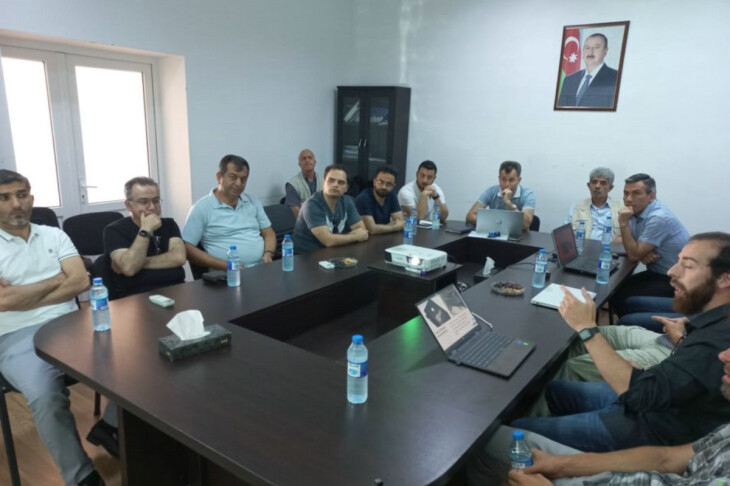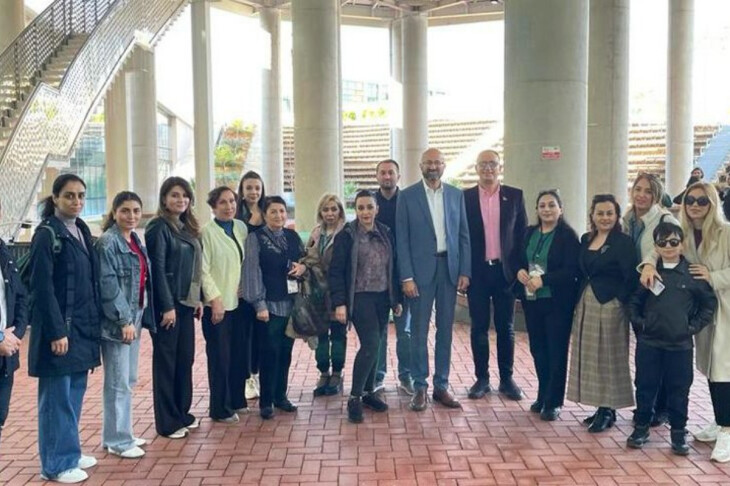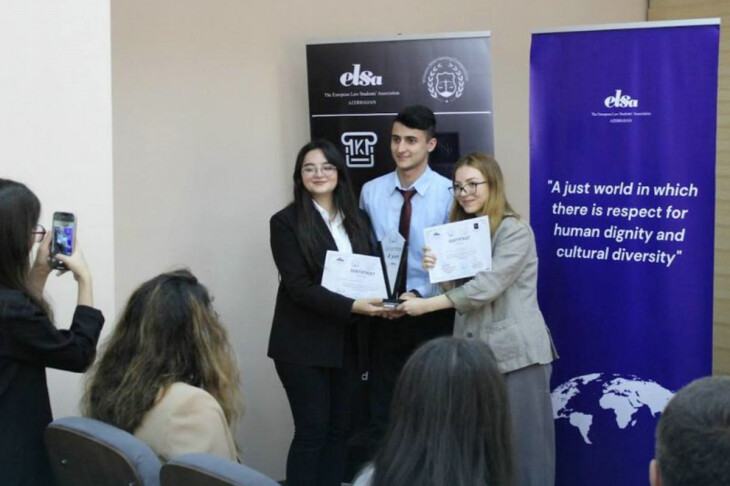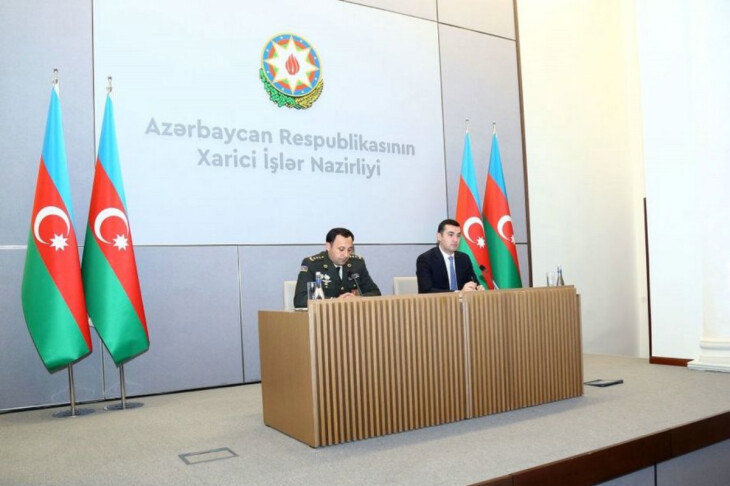New HardGamm detector modules are being developed through a collaboration between the Institute of Experimental and Applied Physics (Czech Republic), the Institute of Radiation Problems (Azerbaijan), University of West Bohemia (Czech Republic), and the Nuclear Research Department of Innovation and Digital Development Agency (Azerbaijan). The main aim of this collaboration is to create a new detector module for space applications. HardGamm and HardPix detectors (https://doi.org/10.1016/j.actaastro.2022.09.018) will be used with the neutron source to investigate the hydrogen content (water and water ice) of the material on the surface of the Moon.
The HardGamm payload concept includes a new MAPD-3NM sensor array consisting of silicon photomultipliers and scintillation materials such as LaBr3(Ce), BGO and NaI(Tl). This combination will proved to be a very effective and compact laboratory instrument for gamma spectroscopy. The micro pixel avalanche photodiode (MAPD-3NM) will be developed by the Azerbaijani team, while the Czech team will develop the front-end electronics module based on electronic elements that have high radiation hardness and low power consumption. The first version of the HardGamm detector module was tested at the Institute of Radiation Problems from June 23 to July 07, 2023. Testing of new detector module have carried out by Dr. Michael Holik (team leader of Institute of Experimental and Applied Physics), Dr. Farid Ahmadov (team leader of Institute of Radiation Problems), Dr. Ondřej Urban (team leader of University of West Bohemia), Dr. Azer Sadigov (team leader of Nuclear Research Department) and Dr. Gadir Ahmadov (team leader of Innovative Electronics and Detectors LLC). The new detector module will be able to detect gamma rays from 0.06 keV up to several 10 MeV. The result of this test will be presented in International Astronautical Congress 2023 which will be held in Baku.
A new detector module for Magnetic Resonance Imaging/Positron Emission Tomography was discussed and some measurements were done e.g. to investigate the shape of the signal taken directly from the MAPD array with LaBr, NaI, LSO, and plastic scintillator. These results will be used to develop a new detector module for Magnetic Resonance Imaging/Positron Emission Tomography.
Two workshops was held by Dr Michael Holik and Dr Ondřej Urban at Institute of Radiation Problems (Ministry of Science and Education) and Nuclear Research Department (Innovation and Digital Development Agency) with participating researchers above mentioned institutions and Bolu Abant Izzet Baysal Universitesi (team leader Prof. Dr. Ercan Yilmaz). In these workshops, the main parts of detector module was discussed and obtain results will be used in the project.
This project is supported by European Commission (HORIZON-MSCA-2021-SE Project “INNMEDSCAN” Innovative Photodetector Module for advanced Hybrid “Magnetic Resonance Imaging/Positron Emission Tomography” Scanners for Nuclear Medicine in the frame of Grant Agreement N101086178).






.jpg)
.jpg)
.jpg)
.jpg)













03 Comments
High Life tempor retro Truffaut. Tofu mixtape twee, assumenda quinoa flexitarian aesthetic artisan vinyl pug. Chambray et Carles Thundercats cardigan actually, magna bicycle rights.
Farm-to-table selfies labore, leggings cupidatat sunt taxidermy umami fanny pack typewriter hoodie art party voluptate cardigan banjo.
VHS Wes Anderson Banksy food truck vero. Farm-to-table selfies labore, leggings cupidatat sunt taxidermy umami fanny pack typewriter hoodie art party voluptate cardigan banjo.